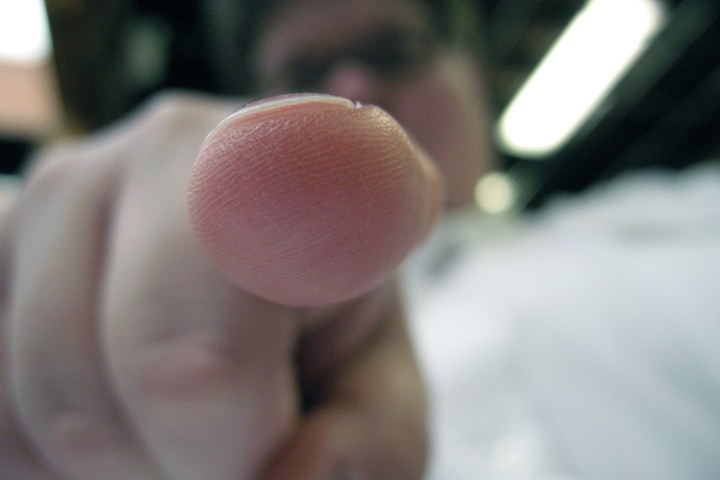
While it’s not yet been incorporated into devices like the iPhone, the company thinks that it could be a valued addition to future handsets, making blood pressure measurement as simple as using a fingerprint sensor. According to its creator, similar tech could also be incorporated into smart earbuds.
“The core technology for estimating blood pressure with an optical biometric sensor is based on patented active signal characterization technology, where we extract pulsatile blood flow information from noise and characterize the blood flow information to estimate blood pressure,” Dr. Steven LeBoeuf, president of Valencell, told Digital Trends. “Over the years, we have built upon our core heart rate monitoring technology to accurately estimate physiological parameters, such as blood pressure and cardiovascular health assessments.”
Compared to having to wear a special cuff in order to get a reading, Valecell’s tech requires a user to simply touch a sensor on their mobile device. According to its creators, the tech has gone through extremely rigorous validation testing, based on hundreds of different datasets.
“The public health impact is substantial — as with our core technology smartphone users can readily estimate their blood pressure throughout the course of a day, giving them a better assessment of their general wellness,” LeBoeuf continued. “The idea of using light to estimate blood pressure has been in the public discourse for some time. There have also been attempts to estimate blood pressure from camera phone data. However, to the best of our knowledge, a scientifically validated solution has not been available to the public.”
At present, Valecell’s smart sensor isn’t yet ready to go on sale, although prototypes have demonstrated that it works. Next up, LeBoeuf hopes a device maker will license to the technology to incorporate into a future smartphone or wearable device. The company is also developing a stand-alone solution aimed at hospitals, for which they’ll be seeking FDA approval.
Editors' Recommendations
- This light bulb can track your sleep and monitor your heart rate from afar
- A blood-pressure sensor is the holy grail for wearables. Valencell has one
- Apple patent foresees a smart home that can ID you by reading your heartbeat


